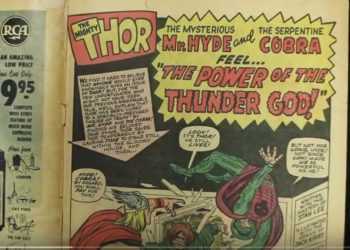Comic Sans remains one of the most vilified fonts on your computer (although Papyrus has been gaining a good deal of derision in recent years). Using the font in anything other than an invitation to a child’s birthday party has been described as, “analogous to showing up for a black tie event in a clown costume.” But how did this font come about, and what was the thought process behind its design? The short video below introduces Vincent Connare, father of Comic Sans, who still describes it as, “the best thing I’ve ever done.”
Discussion
1 Thought on "The Rise and Fall of Comic Sans"
Ask the teaching profession. Comic sans is the chosen font in many UK schools for lesson plans, three year strategy plans and other documentation only ever read by adults. Is this a global phenomenon?

